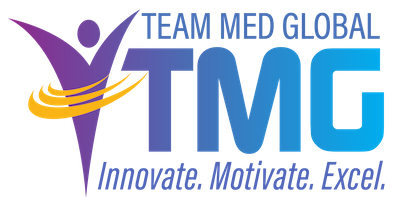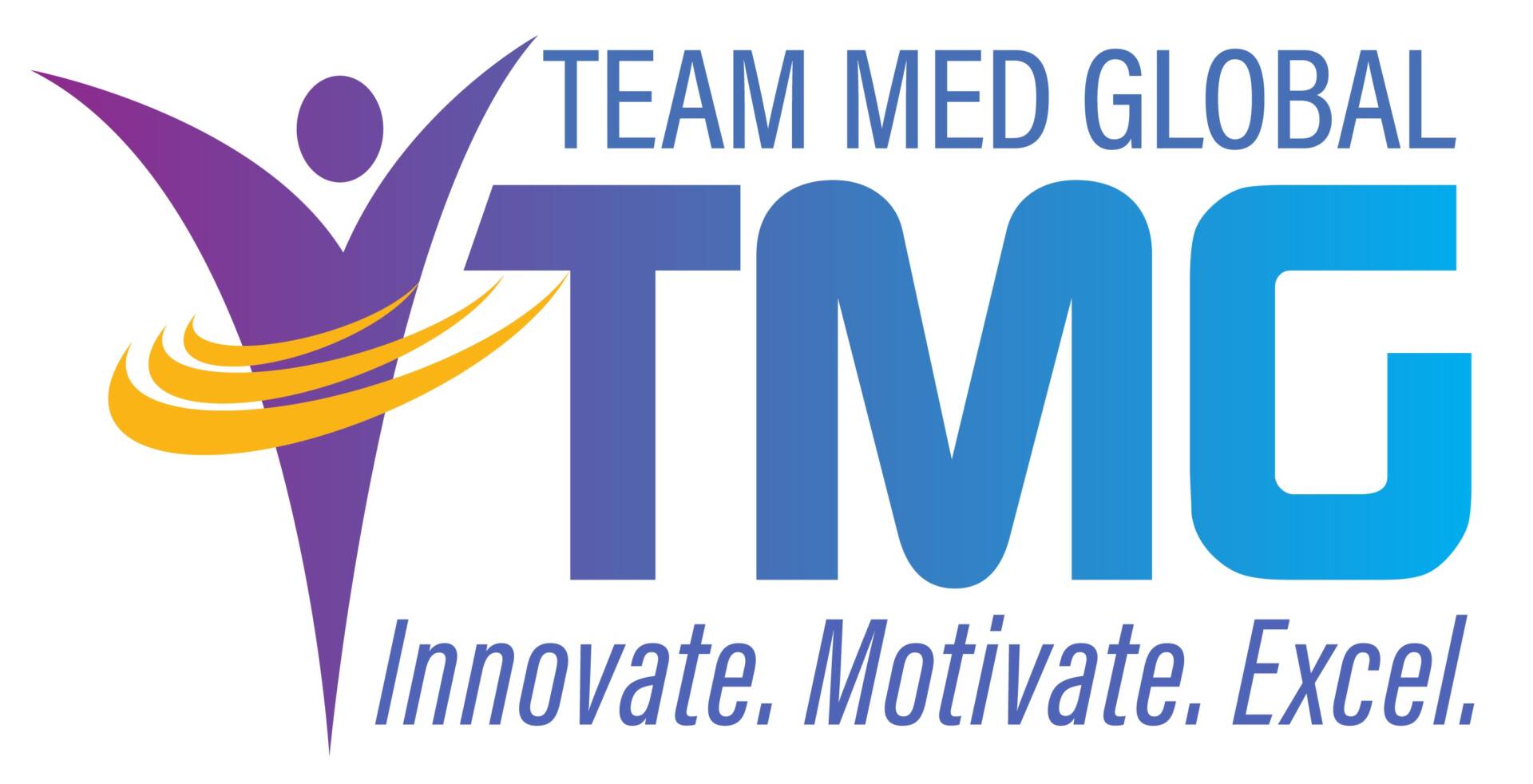 TMG’s Executive MSP Competency Model includes risk tolerance as a necessary skill for personal effectiveness. Defined as the willingness to take on uncertainty and potential setbacks in pursuit of goals, we often hear about risk tolerance as it relates to the world of finance. But risk tolerance is just as important in Medical Staff Services.
TMG’s Executive MSP Competency Model includes risk tolerance as a necessary skill for personal effectiveness. Defined as the willingness to take on uncertainty and potential setbacks in pursuit of goals, we often hear about risk tolerance as it relates to the world of finance. But risk tolerance is just as important in Medical Staff Services.
Understanding Risk Tolerance
Risk tolerance is a familiar concept in the world of healthcare. Providers often face high-stakes decisions where they must weigh potential risks against the potential benefits to patients. In our roles as MSPs, risk tolerance manifests in our ability to embrace change, handle uncertainty, and proactively seek innovative solutions to challenges.
Risk tolerance means being willing to step out of our comfort zone, take the initiative, and make decisions that might not always lead to immediate success but could yield long-term benefits for our organizations.
Identifying Your Risk Tolerance Level
Knowing your risk tolerance level is the first step toward understanding your decision-making patterns and how they may be influencing your performance at work.
Low Risk Tolerance: Those with low risk tolerance tend to avoid uncertainty and prefer to stick to familiar routines. They may feel anxious about making decisions that could lead to undesirable outcomes and may be hesitant to take on new responsibilities or projects.
High Risk Tolerance: Those with high risk tolerance embrace change and uncertainty. They view setbacks as learning opportunities and are more likely to take on challenges, even if success is not guaranteed.
Increasing Risk Tolerance
Embracing risk enables MSPs to step out of our comfort zones, tackle challenges, and drive positive change within our workplaces. Here’s how to boost your risk tolerance:
Embrace a Growth Mindset: Cultivate a growth mindset by viewing challenges as opportunities for learning and development. By reframing setbacks as stepping stones to improvement, you can build a positive relationship with risk-taking.
Set Realistic Goals: Break down your objectives into manageable steps and set achievable milestones. This approach will make the path to success less overwhelming and help you build confidence in taking risks.
Seek Feedback and Learn from Failures: Actively seek feedback from colleagues and supervisors to gain insights into your performance. Embrace constructive criticism and use it to refine your strategies for future endeavors.
Develop Contingency Plans: While embracing risk, it’s essential to have backup plans in place to mitigate potential negative outcomes. This preparedness will allow you to take on challenges with more confidence and peace of mind.
Collaborate and Network: Engage with colleagues, medical staff, and professionals from other departments. Collaboration and networking can expose you to new perspectives and ideas, making you more adaptable to change.
Keep Informed and Updated: Stay up-to-date with the latest industry trends, advancements, and best practices. Being well-informed will empower you to make informed decisions and reduce the fear associated with risk-taking.
By recognizing your risk tolerance level and adopting strategies to increase it, you can become more adaptable, innovative, and proactive in your role, leading to greater success and overall effectiveness in supporting your organization.

